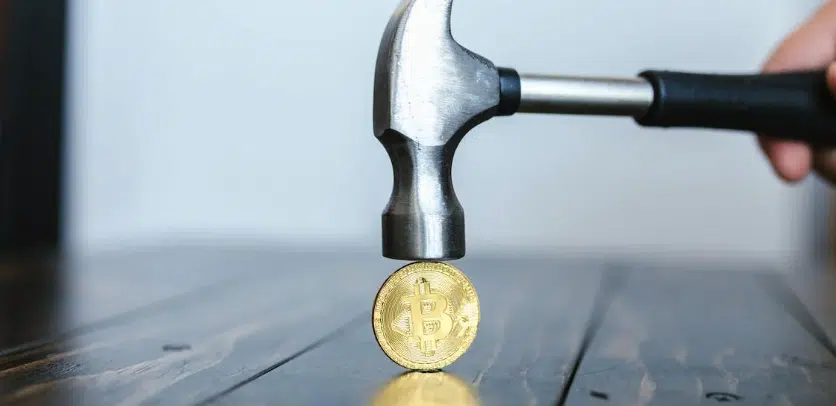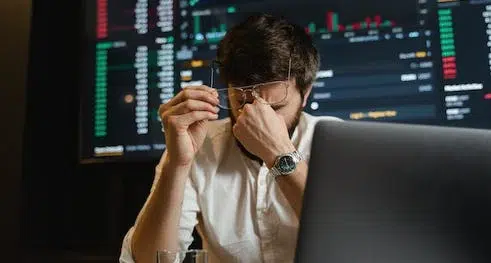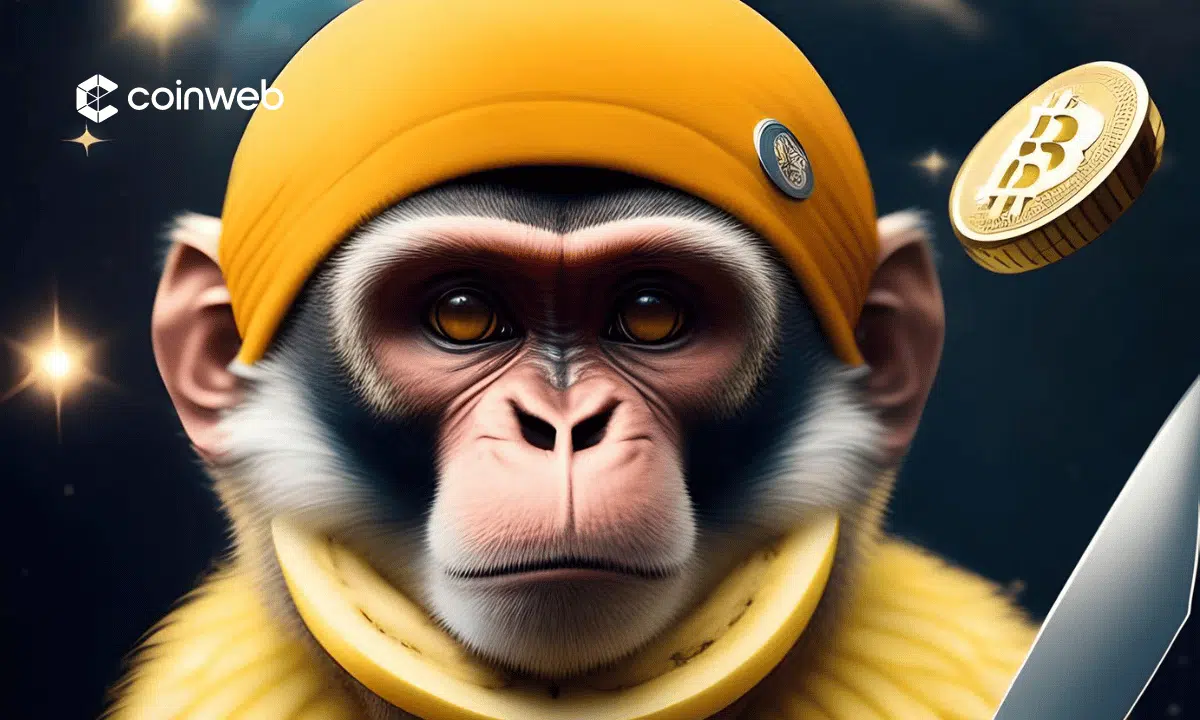TLDR
The next Bitcoin halving event occurs around May 18, 2024.
The Bitcoin Halving algorithm cuts the reward for each mined block in half every four years. This event historically starts a new bull run.
The first halving occurred in 2012, reducing the block reward from 50 BTC to 25.
In 2016, miners received 12.5 BTC per block.
2020 was the latest halving event, where miners received 6.25 BTC.
What is Bitcoin?
Bitcoin uses peer-to-peer technology to operate without a central authority or banks; the network collectively manages transactions and issues new bitcoins. It is open-source; the design is open to the public; no one owns or controls Bitcoin, and anyone can participate.

Many of Bitcoin’s unique properties enable exciting uses that no previous payment method could cover.
Bitcoin is a renowned cryptocurrency celebrated for its quick peer-to-peer transactions, worldwide payments, and minimal transaction fees.
What is Bitcoin Mining?
Mining is the primary method of transaction on the Bitcoin network. It is using one’s computer software to participate in Bitcoin’s blockchain network to process and verify transactions to earn a block reward. Bitcoin employs a system known as proof of work (PoW).
This means miners must demonstrate effort in processing transactions to be rewarded. This includes the time and energy required to run computer hardware and solve complex equations.
In Bitcoin, ‘mining’ refers not to unearthing precious metals but extracting Bitcoins over an average block time.
How Does Bitcoin Mining Work?
Bitcoin miners solve math equations to verify a transaction. They then group these transactions into a bitcoin block and chain these blocks of transactions together to form the blockchain in exchange for a block reward.
Once a Bitcoin block is packed with transactions, blockchain workers who processed and validated them receive a block reward, namely, Bitcoin rewards.
More outstanding financial value transactions necessitate more verifications on the block to ensure security.

What is Bitcoin Halving?
A common obvious question people ask is, how does Bitcoin halving work? It is simple.
Every 210,000 blocks mined, or approximately every four years, Bitcoin miners brace for a seismic shift – the halving of the block reward they earn for transaction verification. This halving doesn’t just trim the reward. It halves the rate at which new Bitcoins enter circulation, imposing a ripple of artificial price inflation across the Bitcoin economy.
By 2140, we’re slated to hit the cap of 21 million coins and 210,000 blocks. From this point, miners won’t be unwrapping new Bitcoins but will earn their keep from transaction fees network users pay. These fees will be the new lifeblood of the mining community, encouraging them to keep the Bitcoin network thriving beyond the halving events. The Bitcoin saga continues!
| Halving Time Period | Mining Rewards After Halving | Bitcoin’s Value on Halving Day | Bitcoin’s Value 100 Days After Halving | Bitcoin’s Value 365 Days After Halving |
|---|---|---|---|---|
| 2012 | 25 BTC | $12 | $42 | $964 |
| 2016 | 12.5 BTC | $663 | $609 | $2,550 |
| 2020 | 6.25 BTC | $8,740 | $11,950 | $56,385 |
| 2024 | 3.125 BTC | ? | ? | ? |
Why is Bitcoin Halving Important?
The Bitcoin halving event is pivotal, marking yet another slowdown in creating new Bitcoins as we inch closer to the upper limit of 21 million.
As of June 2023, around 19.3 million Bitcoins are doing the digital rounds, leaving a mere 1.7 million waiting to be unleashed as mining rewards. The Bitcoin mining community is on its toes, eager for the remaining prize!
The Effect of Bitcoin Halving
When Bitcoin is halved, the validator’s rewards are halved, resulting in half the inflation. Given that there is less inflation rate and less available supply to meet higher demand, the value of Bitcoin rises.
Bitcoin halving works and means different things to different network participants.
The debate over whether Bitcoin halvings affect the cryptocurrency’s price or whether they are already “priced in” continues.
The Effect of Bitcoin Halving on Price
According to the laws of supply and demand, dwindling Bitcoin supply should increase demand for Bitcoin, causing prices to rise. The stock-to-flow model, for example, computes a ratio based on the current supply of Bitcoin and the amount that is entering circulation, with each halving affecting that ratio. Others, on the other hand, have questioned the theory’s presumptions.

Historically, the price of Bitcoin has increased following previous halving events—but not immediately, and other factors have played a role.
For example, in a similar pattern from previous bitcoin halving events, following the 2020 bitcoin halvings, Bitcoin price movements increased from just over $9,000 to over $27,000 by the end of the year—but it did not have a dramatic impact or break $10,000 in the two months following the first bitcoin halving.
It’s also worth noting that other factors influenced Bitcoin’s bull run in 2020, most notably increased institutional investment.
The Effect of Bitcoin Halving on Investors’
Paying attention to Bitcoin’s price signals and price movements, halving generally results in higher prices for the cryptocurrency due to decreased supply and increased demand in the crypto market, which is good news for investors.
In anticipation of Bitcoin’s price halving, trading activity by investors on Bitcoin’s blockchain grows. However, previous halvings have demonstrated the rate at the price of bitcoin increases varies depending on the logistics and conditions of each price halving.
The Effect of Bitcoin Halving on Miners’
Bitcoin processors and validators, on the other hand, believe that the impact of mining on the Bitcoin ecosystem is challenging. On the one hand, a decreasing supply of bitcoin raises demand and prices.
However, fewer block rewards can make it difficult for individual miners or small mining entities to survive in the Bitcoin ecosystem because they may struggle to compete with large mining organizations.

The Implications of The Next Bitcoin Halving Event
A price increase distinguishes a Bitcoin halving event. It can increase the likelihood of a 51% attack on Bitcoin’s network because workers verifying transactions leave the web, making it less secure.
As anticipation for the next bitcoin halving date increases, it is unclear how the next two halving dates will affect the price.
Analysts are buzzing with anticipation, drawing parallels between the next Bitcoin halving and its predecessors. They predict a price surge leading up to the event, fueled by heightened media attention, followed by a drop as the event caps the supply of fresh coins. It’s a cycle of rise and fall that never fails to captivate!

Any price increase during the bitcoin halving, however, will be determined by how demand for bitcoins evolves throughout the bitcoin halving. The market has matured significantly since the last halving event in 2016. Many new cryptocurrencies are competing for users, so demand is far from certain to increase – or even remain static.
To buy Bitcoin, we recommend the Binance exchange. For easy setup, click the [Get Started] button.


More details
Binance is a great combination of low fees, deep liquidity and multiple cryptocurrencies and trading pairs. We have tested every aspect of it and it STILL holds its reign as the top exchange in the world. In our view, it is the perfect crypto exchange for both newbies and advanced traders alike.
-
Biggest exchange in the world.
-
Industry's lowest trading fees.
-
Advance trading options like leverage trading.
-
600+ crypto options, 150+ for the US.
-
Lucrative on-site staking options.
-
Hiccups in account verification.
-
Less regulated than some competitors.
-
The corporate structure is not transparently.
When is the Next Bitcoin Halving Date?
This clockwork mechanism sets the stage for the next Bitcoin halving on May 18, 2024, at the milestone block height of 840,000. As the event unfolds, brace for a slash in block rewards, bringing the new Bitcoin bounty down to 3.125 per block.
If the rhythm of block mining holds steady, experts predict a daily delivery of 450 coins post-halving. The countdown to a new Bitcoin era has begun!
Summary
The digital world is already buzzing with over 18.5 million Bitcoins, accounting for almost 89% of the maximum limit of 21 million.
About 900 new Bitcoins break ground daily and join the circulating supply, accelerated by fast-paced mining operations.
But here’s the twist – as each Bitcoin Halving strikes, the pace of new Bitcoin supply drops, marching steadily towards 21 million. And if forecasts hold, we’ll witness the mining of the last fractions of Bitcoin in 2140. Buckle up. It’s a thrilling ride!
As we wait for the next halving event in May 2024, experts and investors are watching to see how it affects the crypto winter.
Throughout Bitcoin's three previous halvings in 2012, 2016, and 2020, the reward for completing a block decreased to 6.25 Bitcoins. In the upcoming halving in 2024, this reward will further reduce to 3.125 Bitcoins. One distinguishing characteristic between Bitcoin and traditional fiat currencies is the control over the supply.
These halvings typically result in an increased value of Bitcoin. Historically, each halving event triggers a bullish trend for Bitcoin as decreasing supply boosts demand, thus raising the price.
China's first exchange CEO, Bobby Lee, predicts it will take two decades for Bitcoin to reach a value of $1 million. He accurately predicted Bitcoin's value increase in 2020.











